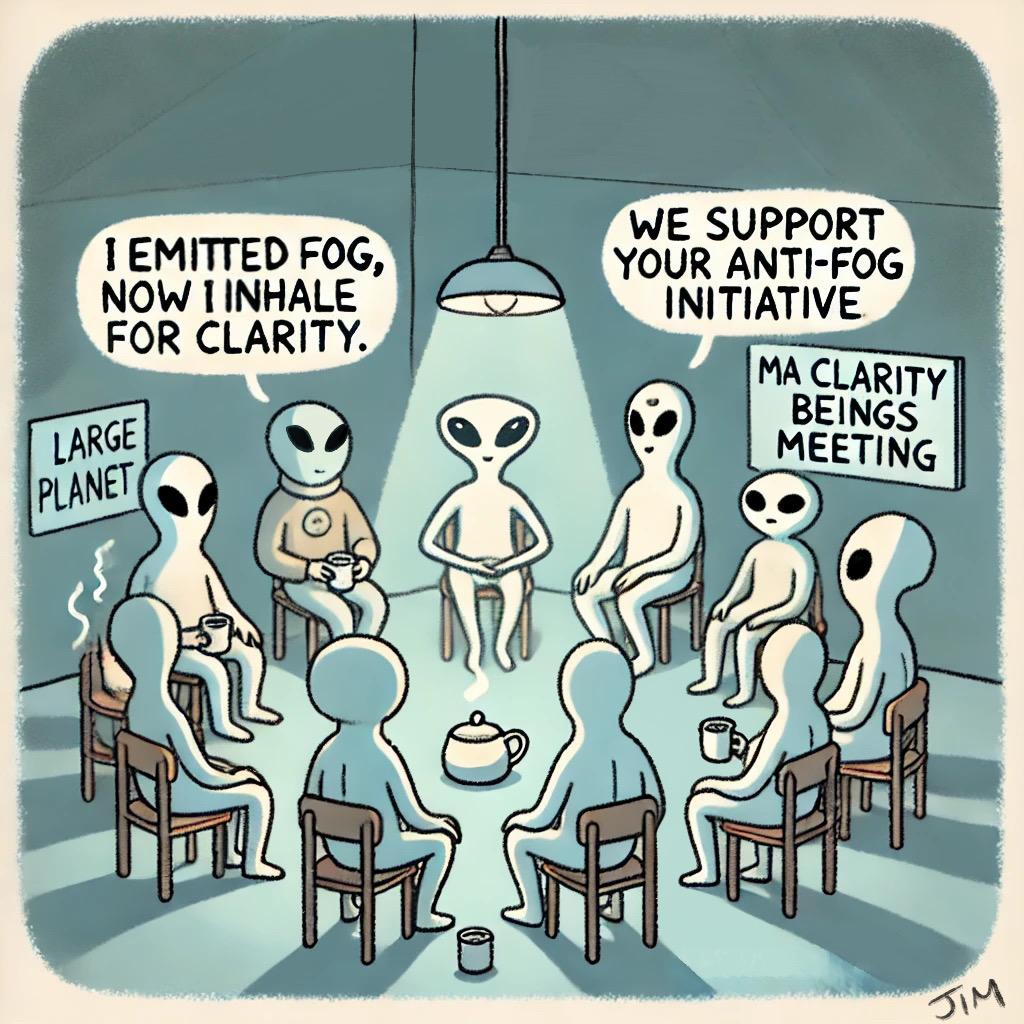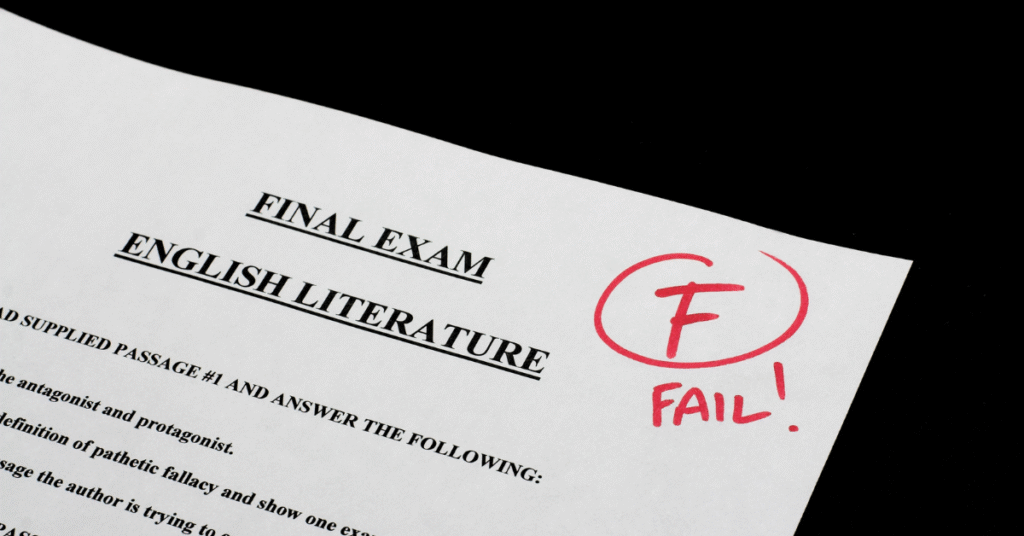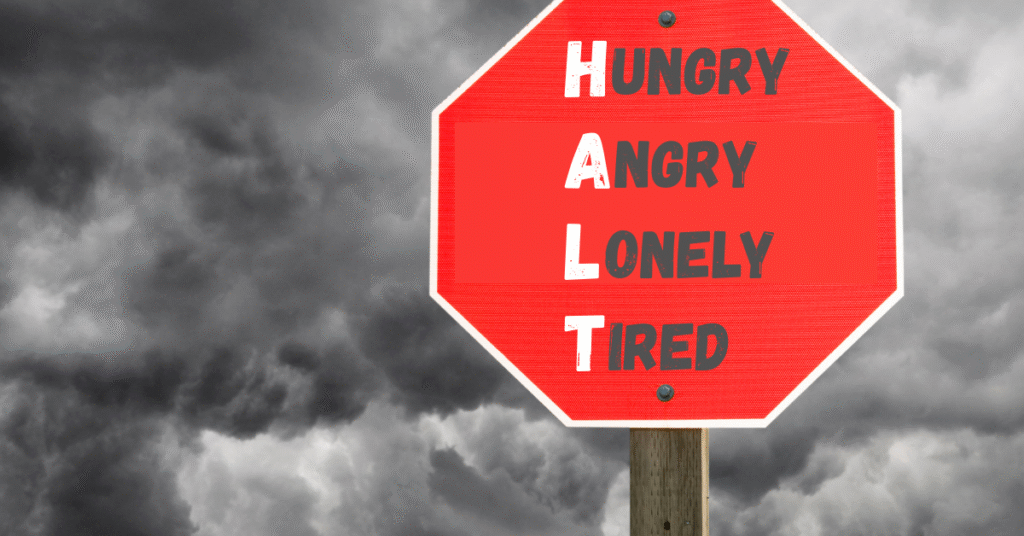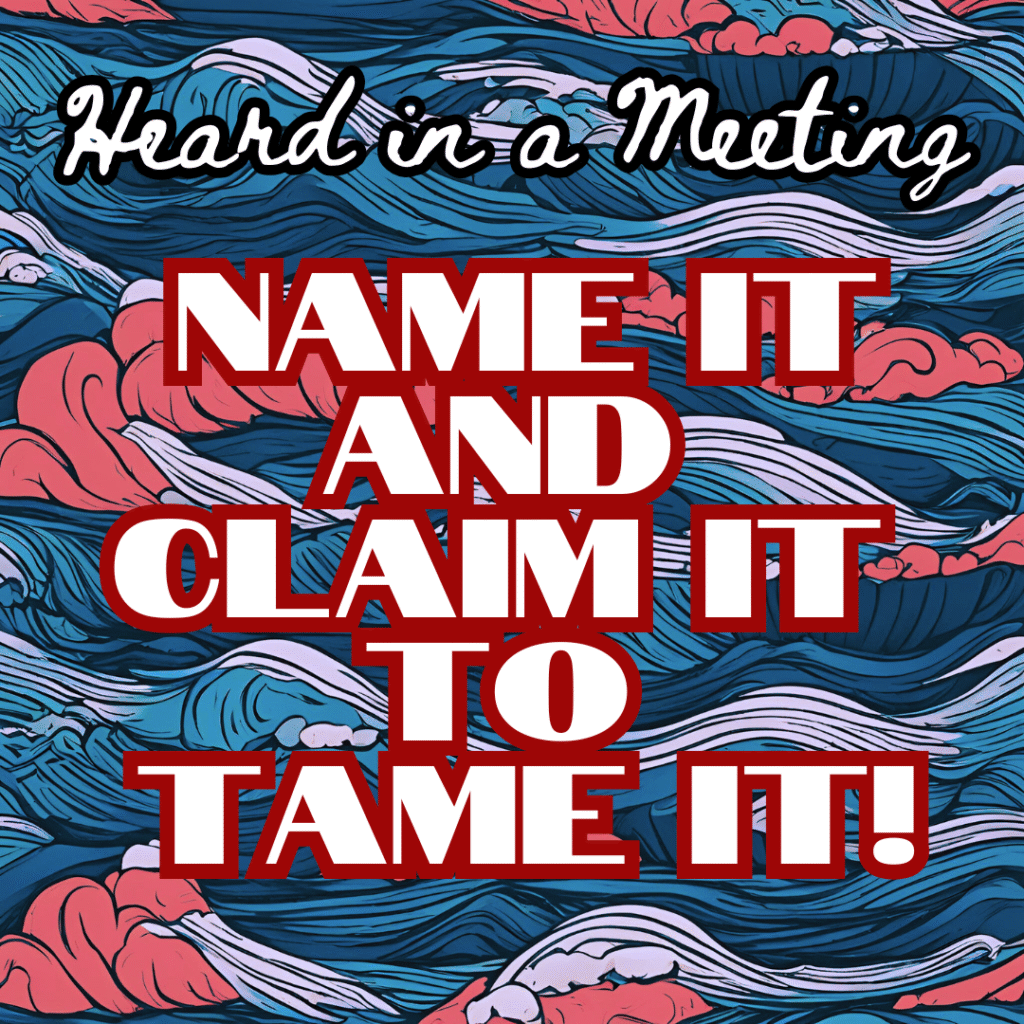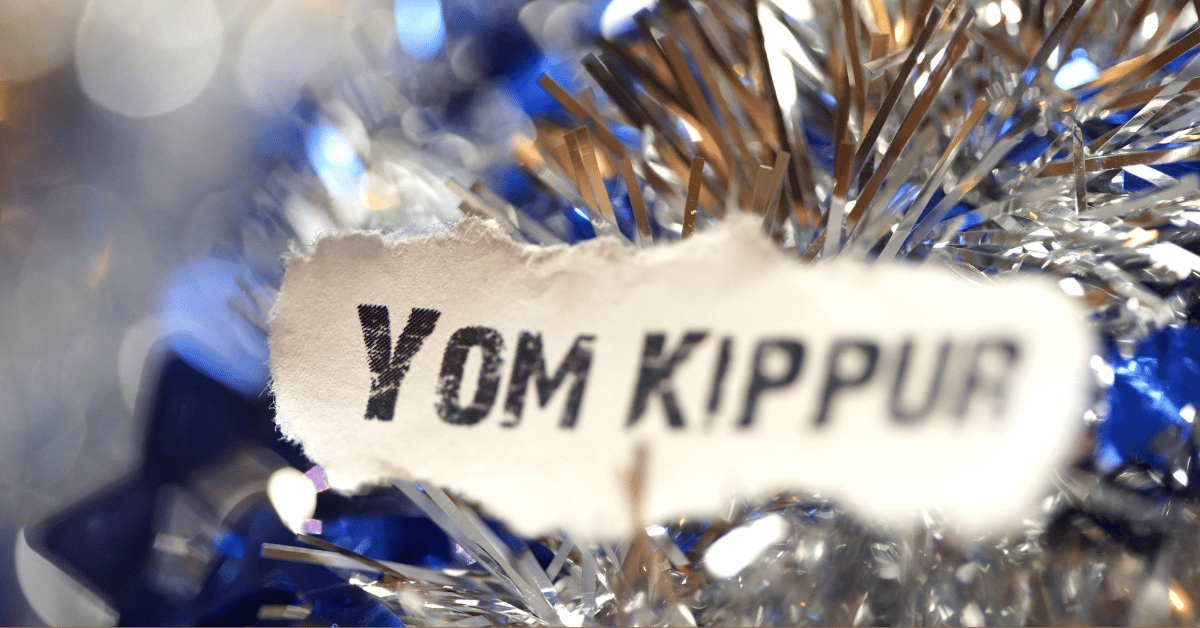Written by, Ellen B.
As a Marijuana addict in recovery, my Jewish High Holyday season has a natural connection to working the Twelve Steps and practicing the spiritual principles daily. A New Leaf requested submissions for Yom Kippur and Sukkot, therefore this piece of writing will only focus on these parts of the holiday season.
It is currently the Jewish New Year, year 5786 on the Hebrew calendar. This year our season began September 13th at sundown and will end October 16th. Yom Kippur represents the culmination of a ten day reflection on the course of our year. We have completed the RETURNING, to who we are and to who we want to be. It resembles MA’s fourth and ninth step, sprinkled with pieces from each step. A spiritual intensity is offered, with both content and community. It is intentional, finding unity by a shared center. We take time to reflect on our deepest connections. On Yom Kippur, appropriate greetings are more reflective than celebratory.
Two books are part of my MA Literature reading. “Renewed Each Day Daily Twelve Step Recovery Meditations” and “100 Blessings Every Day- Daily Twelve Step Recovery Affirmations, Exercises for Personal Growth and Renewal Reflecting Seasons of the Jewish Year.” Rabbi Kerry M. Olitzky authors both (and others), under Jewish Lights Publishing. “True change, what we call ‘teshuvah’, comes when, faced with the same temptation to…, we do not fall prey to it again.”
During Yom Kippur, we stand as a community to confess our shortcomings. The confessional prayer is said as ‘we’. As we have found in recovery, there is a spiritual strength in numbers. People healing together is itself a powerful form of atonement: “To build our lives, we begin with ourselves. But we can’t go it alone. There are others who will help us find our way, if we let them.” Day of Atonement is another name for Yom Kippur, the holiest day of the Jewish calendar. It is a solemn guided and personal self-reflection, a time when individuals may commit to personal growth for the year ahead.
Sukkot, one of the most joyful festivals in Judaism, follows Yom Kippur. It is meant to bring families, friends and community together. Predating biblical thanksgiving, it is a week-long harvest holiday. Jewish people traditionally build and dwell (or eat) in a temporary hut, called a Sukkah. It is a meaningful opportunity for spiritual reflection, personal growth and communal bonding. Four specific species from nature are held together and shaken, each representing various individual human traits. “In fact, our differences probably help contribute to the vitality of the message of recovery.”
On a personal note, I am elated to not feel invisible in MA. Throughout my life it has been a struggle for me to feel seen and known. Staying within my privately defined world, I had convinced myself that I was better off that way. Having our holyday/holiday season rarely acknowledged by the non-Jewish world, became one of many examples to convince myself that I was a victim, and only pot was my friend. Thanks to meetings, sponsors, sponsees, literature and step work – I have insight and tools to identify character traits which excused the harm I caused myself and others and the self-centeredness which kept me using marijuana long after entering the rooms. Living my life now is a gift I am aware of. Thank you for allowing me to share.
Published in A New Leaf – October 2025
